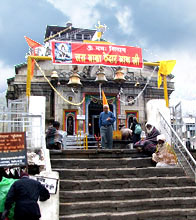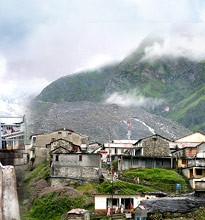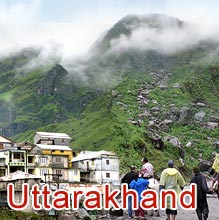The lineage of Pithoragarh can be traced to the age of Puranas when it flourished under different names, though no documents from that era has been recovered. What is known though, that Pithoragarh used to be an important stopover en route Kailasa Parbat. Ancient religious texts such as Rig Veda and Skanda Purana mention about the various tribes that inhabited the area. They were probably the first people to establish a human population in the area.
The first recorded history is from the time of the great Rajputa King Prithviraj Chauhan. It is said that when he expanded his kingdom, he named this place as ‘Rai Pithora’ since it was a Rajput tradition to name a place after settling there. Gradually, with time and usage, the name became ‘Prithigarh’ under the Chand and Katyuri dynasties. With the Mughal invasion, the linguistics further evolved and its present name of Pithoragarh became famous.
Pithoragarh has been ruled by many different dynasties and kings. After Prithviraj Chauhan 0came the Pala Dynasty in 1364 with Rajwar of Ukko Bharatpal conquering the Pithoragarh area. Till the end of 14th Century Pithoragarh remained under the control of the Pala dynasty. By this time, three generation of Palas had passed, with the kingdom extended from Pithoragarh to Askot.
A 1420 Tamrapatra (a brass plate inscription) states that the Pala dynasty was replaced by the Brahm dynasty of Nepal but it could not last long. Just after this, the Pala dynasty was re-established in Pithoragarh. In 16th Century, the Chand Dynasty took over from the Palas and in 1790 built a new fort to show their might. This fort today houses the Pithoragarh Girls Inter College.
However, Pithoragarh was soon under the British rulers and they merged it as a tehsil (an administrative section) under the Almora district for easier supervision. This provision remained till 1960 when Pithoragarh itself was made a district. Many British remnants such as the army cantonment, Church, Missionary school etc stand till date. In 1997, a new district of Champawat was created for better management from Pithoragarh by restructuring its boundaries.










